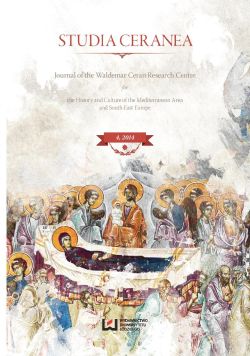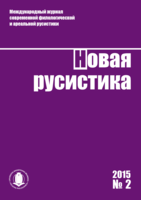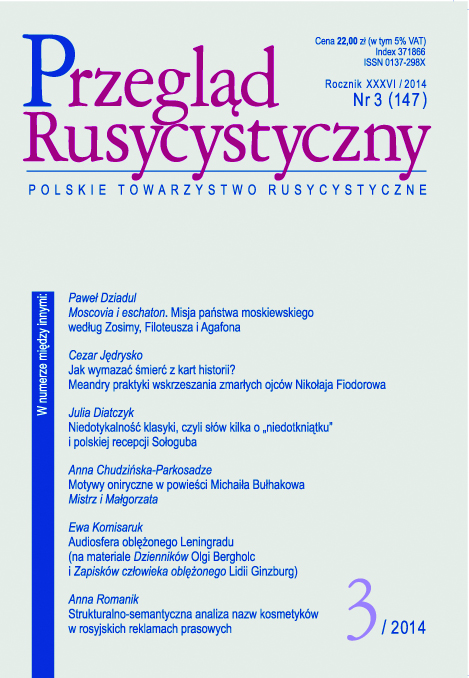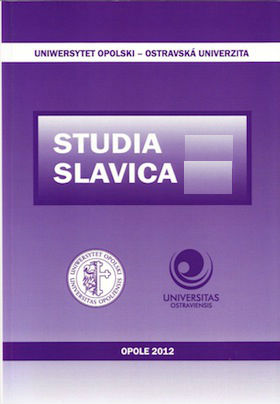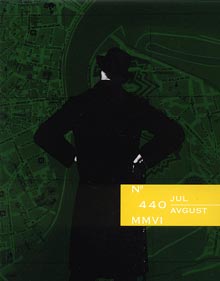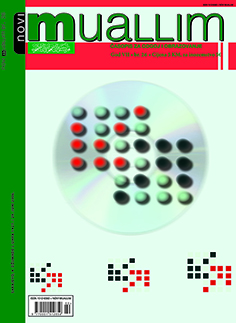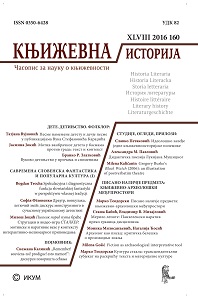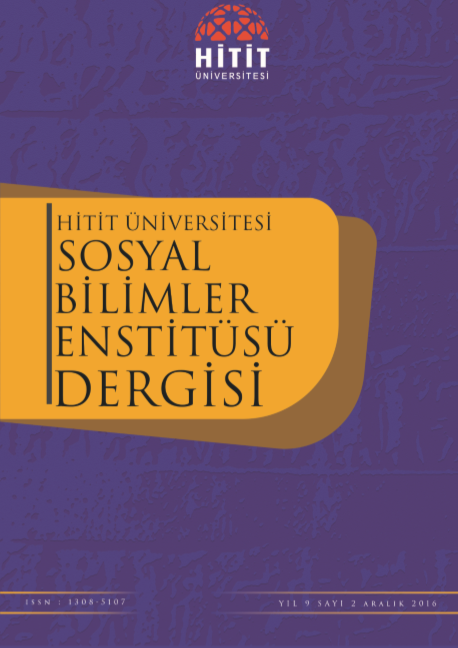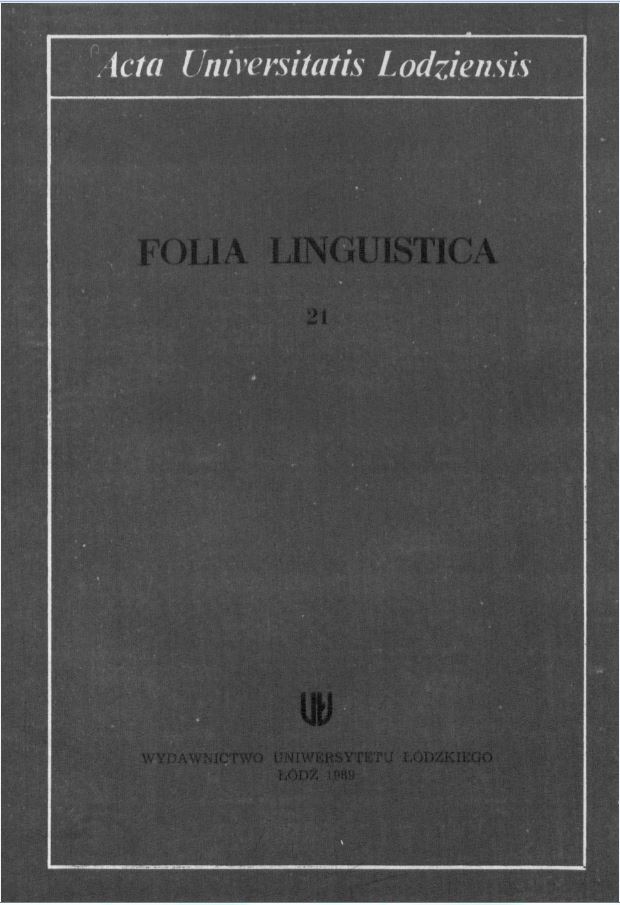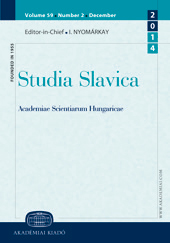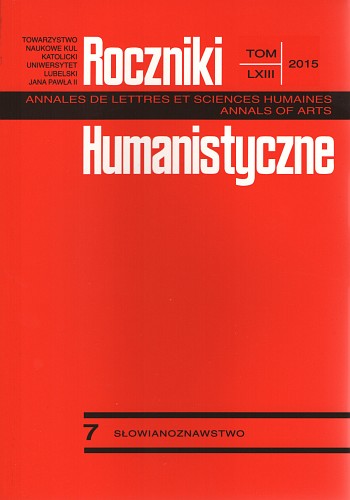
Память, мифологизация или мифопоэтика? Лермонтов в свете религиозной философии Серебряного Века
In the present article the author attempts to summarise and juxtapose views on Lermontov’s oeuvre formulated by the religious philosophers of the Silver Age. The polemic assessment made by Vladimir Solovyev offered a stimulus to reconsidering Lermontov’s position in Russian national canon. Beginning with Merezhkovsky, interpreting the works of Lermontov in accordance with his own metaphysical philosophical construction, all religious thinkers, including N. Berdyaev, L. Shestov, have reacted to the dilemma “Pushkin or Lermontov”, even if they did so in the form of scattered comments. Religious motifs coded in Lermontov’s prose and poetry, suggest that the sacral code of Russian literature and arts determined his poetics. This is obvious from the project of the composition seen in his foreword to A Hero of Our Time. V. V. Rozanov deemed Lermontov a ‘mystagogue’, whereas the Rev. Florensky, discussing his oeuvre pre-eminently in the framework of his own doctrine on Sophia, addresses the role of ‘titanic’ notion. The Rev. Sergius Bulgakov and S. M. Solovyov clarified facts leading to Vl. Solovyov’s negative assessment. In their writings religious philosophers created a picture sharply contrasting with vulgarised readings afforded by future generations of historians of literature, who strived to make out Lermontov the artist as a vulgarised critic of the social and political atmosphere of his time.
More...
